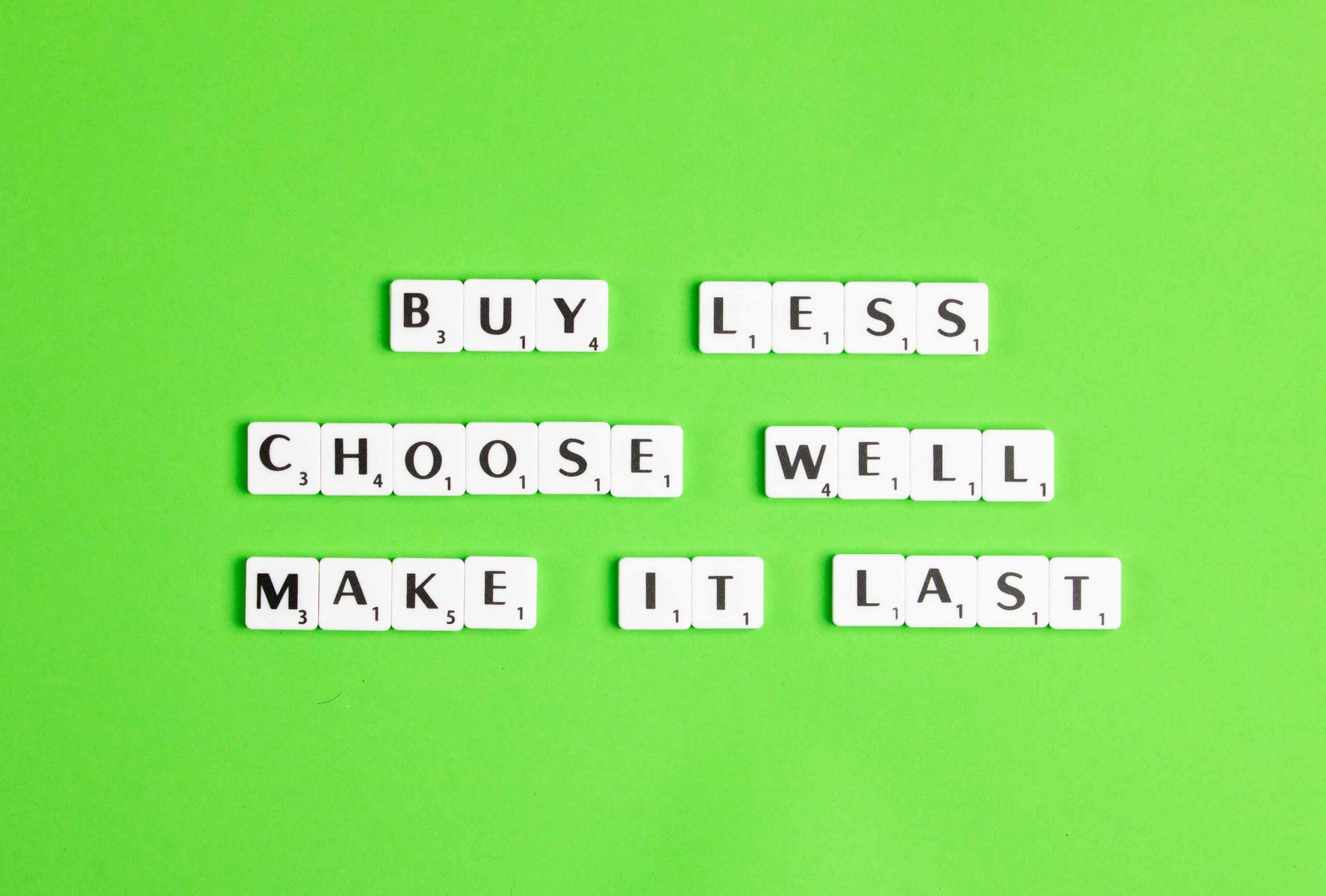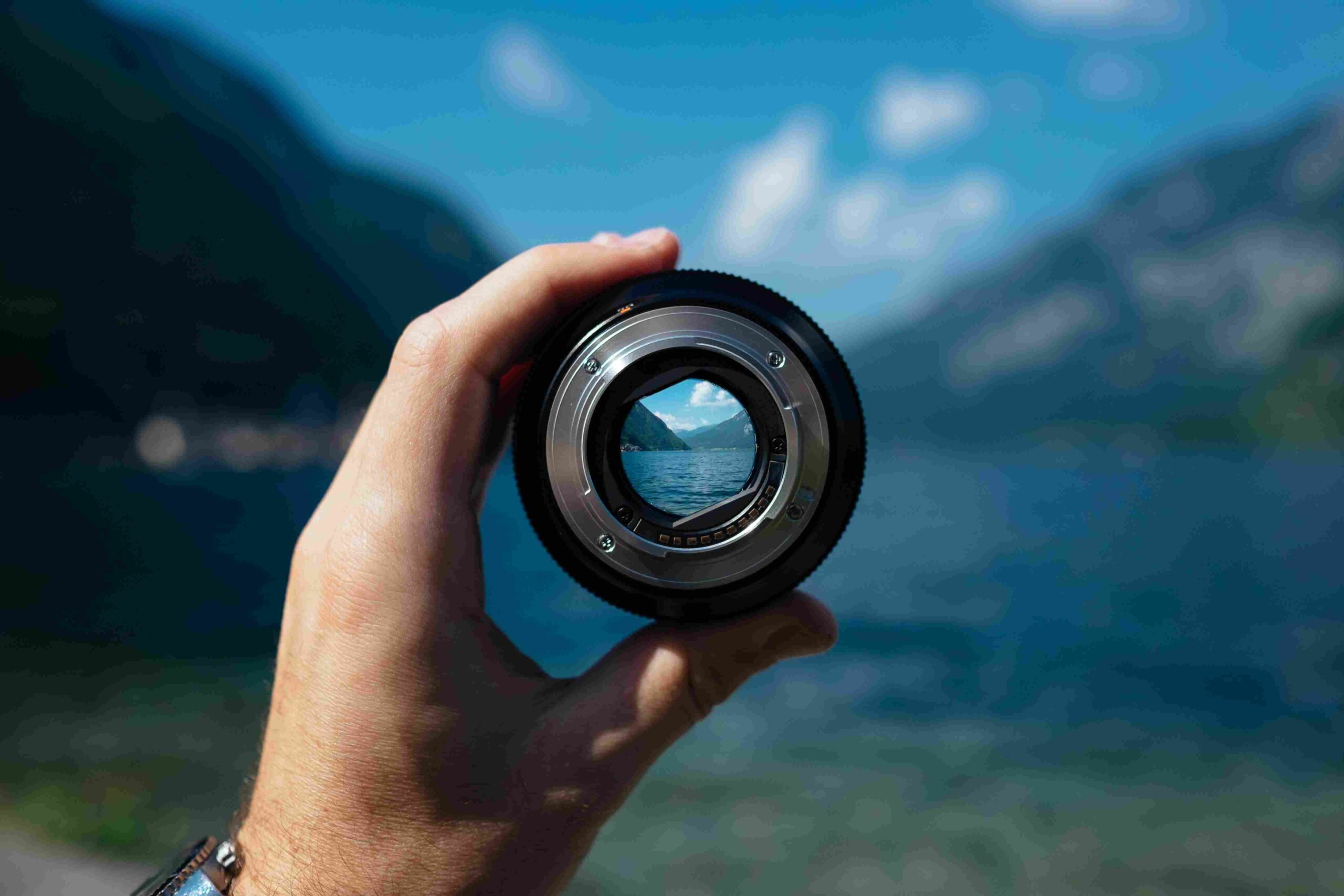

Attention Economy: Why Rental Business Owners Need to Know About It
In today’s fast-paced digital world, attention is a precious commodity, and the ability to capture it can make or break a business

The traditional linear economic system follows a take-make-waste approach, where resources are extracted, transformed into goods, consumed, and then discarded as waste. This economic model has led to severe environmental degradation, including depletion of natural resources, pollution, and climate change. As a result, businesses, governments, and society as a whole are transitioning towards a circular economic model. In this article, we will explore why the economy is transitioning from linear to circular systems and the benefits of this transition.
The linear economic model has been the dominant model for centuries, providing growth and prosperity to societies. However, with the rise of environmental concerns and resource depletion, the limitations of the linear model have become apparent. A circular economic model offers a solution to these challenges by decoupling economic growth from resource depletion and environmental degradation. The circular economy represents a paradigm shift in the way we produce, consume, and dispose of goods and services. In this article, we will explore the transition from linear to circular systems and its benefits.
A linear economy is a take-make-waste model that relies on the extraction of natural resources, production of goods, consumption, and disposal of waste. In this model, products are designed to have a short lifespan, and the focus is on increasing production and consumption to achieve economic growth. The linear model has led to overconsumption, resource depletion, pollution, and climate change. It is unsustainable and cannot continue indefinitely.
The linear economic model has several problems. Firstly, it relies on the extraction of finite resources, which are becoming increasingly scarce. Secondly, it leads to environmental degradation, including air and water pollution, deforestation, and soil degradation. Thirdly, it creates waste that is often toxic and difficult to dispose of, leading to landfill pollution and soil contamination. Finally, the linear model is unsustainable and cannot continue indefinitely.
A circular economy is an economic model that is regenerative and restorative by design. It aims to keep resources in use for as long as possible, reduce waste and pollution, and regenerate natural systems. The circular economy is based on three principles: designing out waste and pollution, keeping products and materials in use, and regenerating natural systems. In a circular economy, products are designed to be reused, repaired, and recycled, reducing the need for new resources and minimizing waste.
The circular economy is based on three principles:
In a circular economy, waste and pollution are minimized by designing products and processes to reduce resource consumption, pollution, and waste generation. Products are designed for durability, reuse, and recyclability, and materials are chosen based on their environmental impact.
In a circular economy, products and materials are kept in use for as long as possible, through reuse, repair, and recycling. This reduces the need for new resources and minimizes waste. Products are designed for disassembly and reuse, and materials are recycled and repurposed.
In a circular economy, natural systems are regenerated through the restoration of ecosystems, including forests, wetlands, and oceans. The goal is to restore biodiversity and ecosystem services, such as carbon sequestration, water filtration, and soil fertility. This creates a healthier environment for people and wildlife and reduces the impact of climate change.
The circular economy offers several benefits over the linear model, including:
The circular economy reduces resource consumption by reusing and recycling materials, reducing the need for new resources. This improves resource efficiency, reduces waste, and reduces environmental impacts.
The circular economy offers economic benefits, including cost savings through reduced resource consumption, increased employment opportunities in the recycling and repair sectors, and new markets for recycled and repurposed materials.
The circular economy offers significant environmental benefits, including reduced greenhouse gas emissions, reduced waste generation, and improved air and water quality.
The circular economy offers social benefits, including improved health and wellbeing from reduced pollution and access to affordable, sustainable goods and services.
Several companies and cities have successfully implemented circular economy principles. Examples include:
Interface, a carpet tile manufacturer, has implemented a closed-loop recycling system for its products. The company collects used carpet tiles and recycles them into new carpet tiles, reducing waste and the need for new resources.
Amsterdam has implemented a circular economy program that includes initiatives to promote sustainable food production, reduce waste, and increase the use of renewable energy. The program has resulted in cost savings, new jobs, and reduced environmental impacts.
The Ellen MacArthur Foundation is a UK-based organization that promotes the transition to a circular economy. The Foundation works with businesses, governments, and other stakeholders to develop circular economy solutions and promote best practices.
The transition to a circular economy is not without challenges. Some of the challenges include:
The linear economic model has been in place for centuries and is deeply ingrained in society. Changing to a circular economy requires significant changes to business models, consumer behavior, and government policies, which can be difficult to achieve.
The transition to a circular economy requires new infrastructure, including recycling and repair facilities, and new supply chains for recycled and repurposed materials. This requires significant investment, which can be challenging to secure.
The circular economy is a complex system that requires collaboration between stakeholders, including businesses, governments, and consumers. It requires the development of new systems, standards, and regulations, which can be difficult to achieve.
Many governments and businesses are recognizing the need for a transition to a circular economy and are taking steps to support this transition. Governments can support the circular economy by implementing policies and regulations that promote resource efficiency, recycling, and waste reduction. Businesses can support the circular economy by redesigning products for durability, repairability, and recyclability and by adopting closed-loop production systems.
One of the root causes of the slow circular economy adaptation is that the prevailing commerce infrastructure has been designed for the linear economy. Although companies have the interest and willingness to implement circular practices, it has simply been too complex to find profitable ways to serve the market outside of the traditional linear sales model.
Moving from linear to circular systems requires changes throughout elements of the value chain, including supply chain, product design, business models, product use phase, and end-of-life, which is easier said than done.
Fortunately, emerging technologies are making it increasingly possible to implement circular practices. For example, the Internet of Things (IoT), big data, and artificial intelligence (AI) are all helping to optimize resource usage and minimize waste.
Similarly, AI and machine learning tools can play a crucial role in advancing circular systems. By analyzing vast amounts of data, these technologies can identify patterns and opportunities for optimization. For example, AI can help predict equipment failures and optimize maintenance schedules, reducing resource consumption and prolonging product lifespans.
In addition to these technologies, biotechnology and other material advancements are also promising areas of development that can support circular systems. Through processes such as bio-based production and biodegradation, biotechnology can contribute to a more sustainable and circular economy.
However, the operationalization of these technological advancements requires the evolution of commerce platforms in a direction that supports extended producer responsibility. This means that producers and manufacturers would be held accountable for the entire lifecycle of their products, including their end-of-life. By creating incentives for circular practices and product design, EPR can help to accelerate the transition towards a more circular economy.
Overall, the integration of these technological advancements is crucial in order to accelerate the transition from linear to circular systems. By optimizing resource usage, reducing waste, and facilitating recycling, these technologies can help companies to achieve circular practices in a profitable and sustainable way.

The transition to circular systems can lead to cost savings for businesses, as well as generate additional revenue streams through new business models.
Circular systems enable more efficient raw material usage, better recycling capabilities, and longer product lifespans, resulting in cost savings for companies. According to a report by the
Ellen MacArthur Foundation and McKinsey & Company, transitioning to a circular economy could generate annual cost savings of up to $1 trillion by 2025 for businesses worldwide
Moreover, new business models such as product-as-a-service, sharing-based consumption, and re-commerce models can create additional revenue streams for manufacturers and retailers.
Adopting circular practices also has additional benefits for businesses, including increased customer loyalty, competitive advantage, and long-term financial success. Companies that adopt sustainable practices can enhance their brand reputation, appealing to environmentally conscious consumers.
By investing in circular practices, businesses can secure a competitive edge and achieve long-term success in an increasingly resource-constrained world.
Sharefox rental software is a prime example of how technology can support and facilitate the transition to a circular economy. Our platform allows businesses to efficiently manage the rental and sharing of their assets, from equipment to furniture and more.
By providing a centralized platform for asset sharing, Sharefox helps businesses optimize resource usage and reduce waste, supporting circular principles. Companies can easily track their assets, monitor usage, and schedule maintenance, prolonging the lifespan of their equipment and reducing the need for new purchases.
Additionally, Sharefox promotes sustainable business practices by incentivizing companies to participate in the circular economy. Our platform rewards businesses for listing their assets on the platform and encourages them to adopt circular business models, such as product-as-a-service or sharing-based consumption.
Through our role in the circular economy, Sharefox aims to contribute to a more sustainable and efficient economic model. We believe that technology can play a crucial role in advancing circular systems and supporting the transition to a more sustainable future.
In conclusion, the transition from a linear economy to a circular economy is necessary to address the challenges posed by resource scarcity, waste generation, and environmental degradation.
While the shift requires significant changes throughout the value chain, including product design, supply chain, business models, and end-of-life processes, technological advancements are making it increasingly possible. Emerging technologies, such as IoT, big data, AI, biotechnology, and others, are enabling more efficient and effective circular systems.
Furthermore, the transition presents a huge business opportunity, with potential annual cost savings of up to $1 trillion by 2025 and the creation of new revenue streams through circular business models. By adopting circular practices, companies can also enhance their brand reputation, customer loyalty, and competitive advantage, securing long-term financial success in an increasingly resource-constrained world.
Therefore, it is imperative for businesses, policymakers, and individuals to take action towards a circular economy to ensure a sustainable future for generations to come.